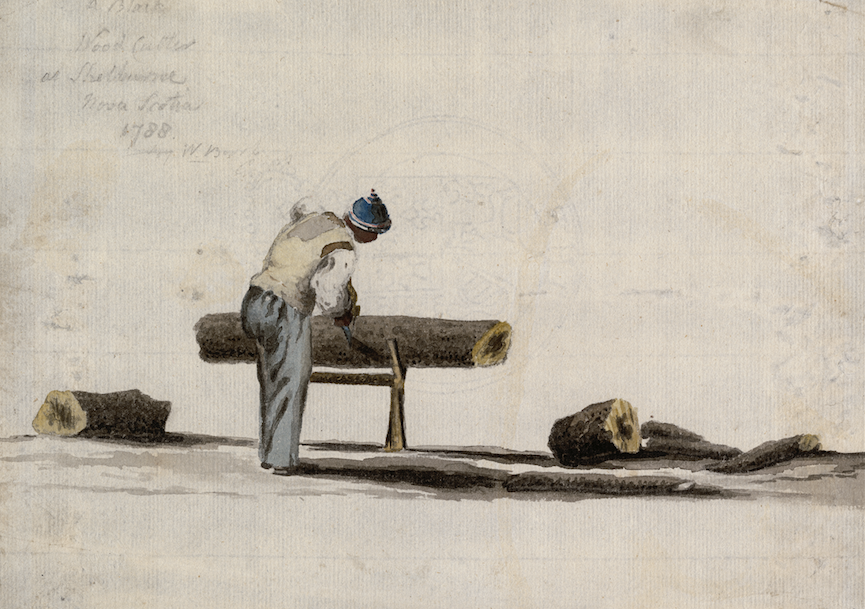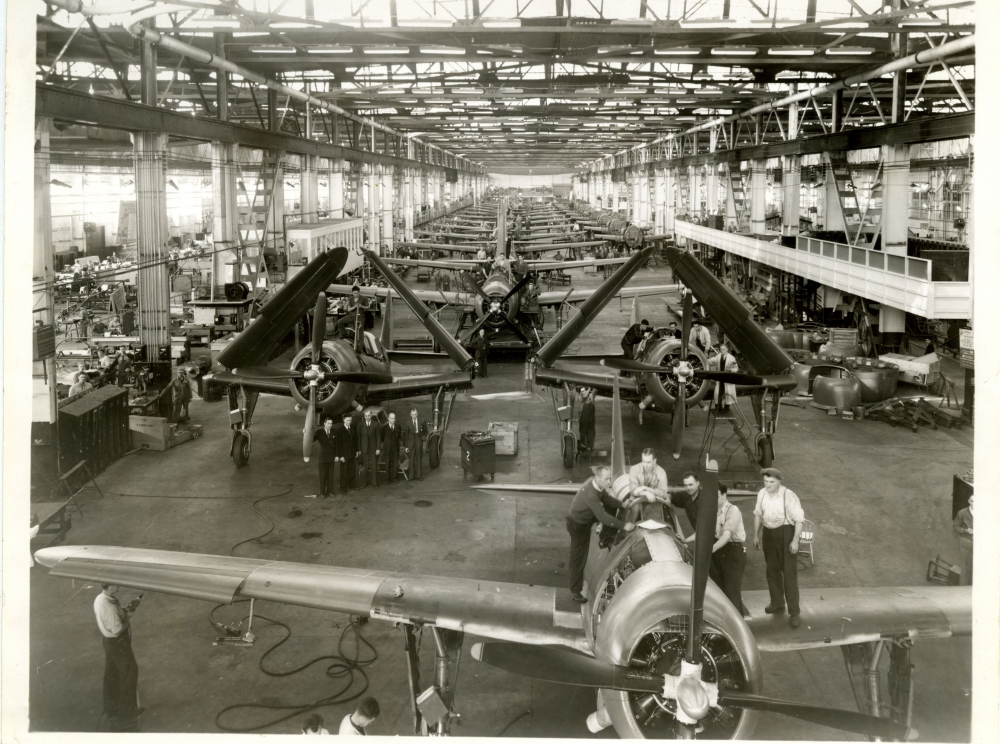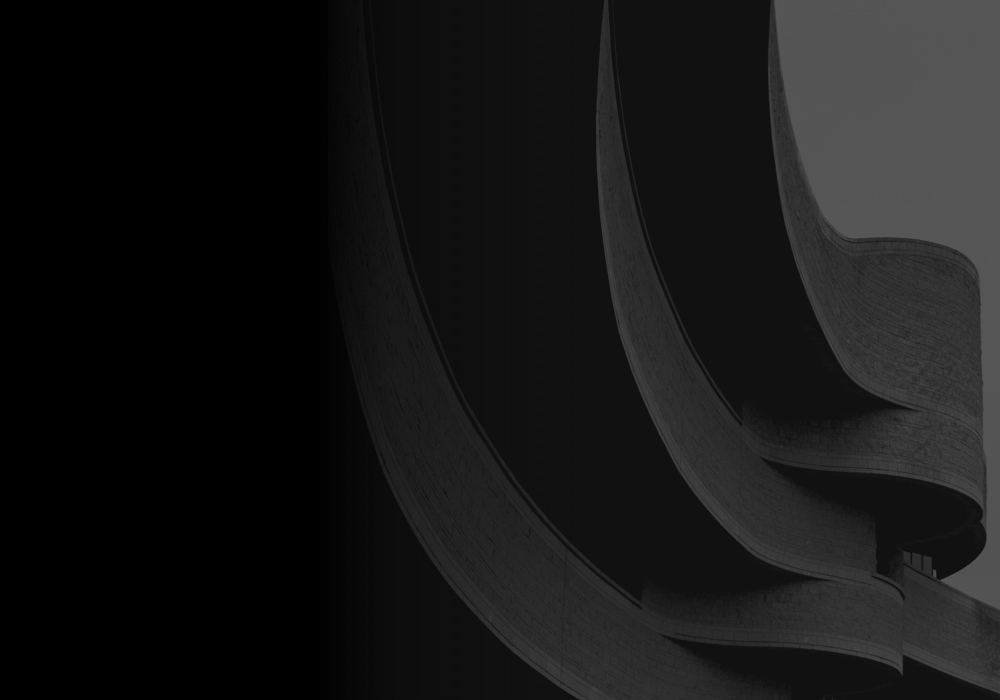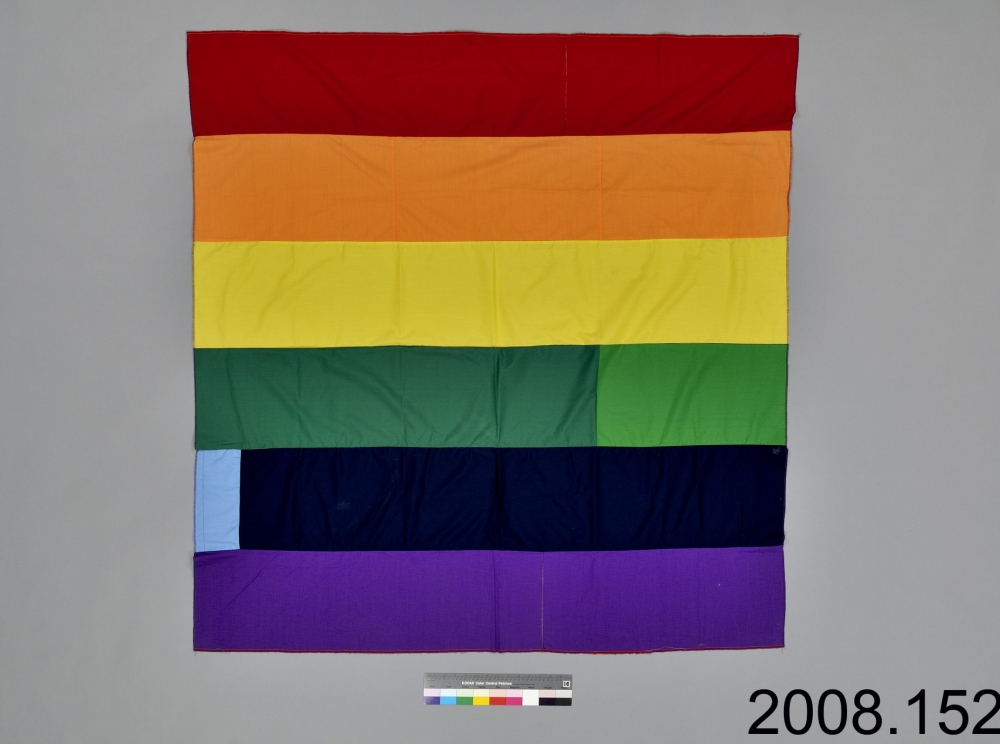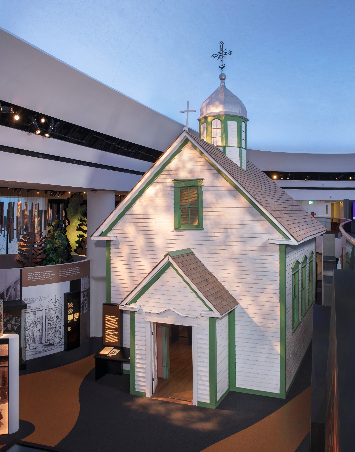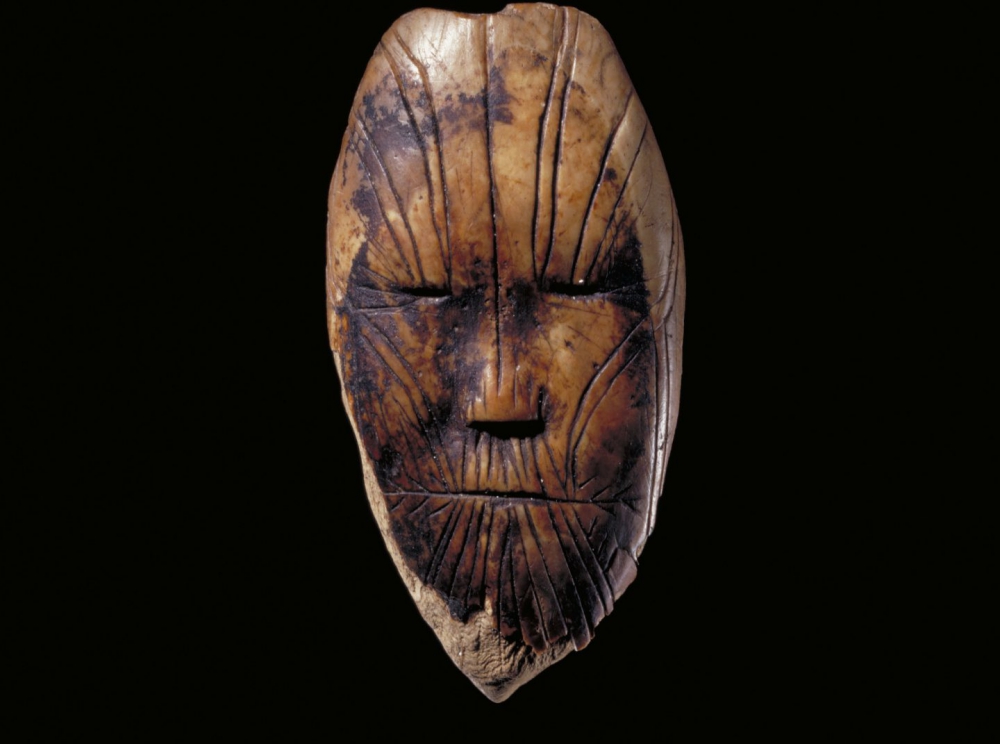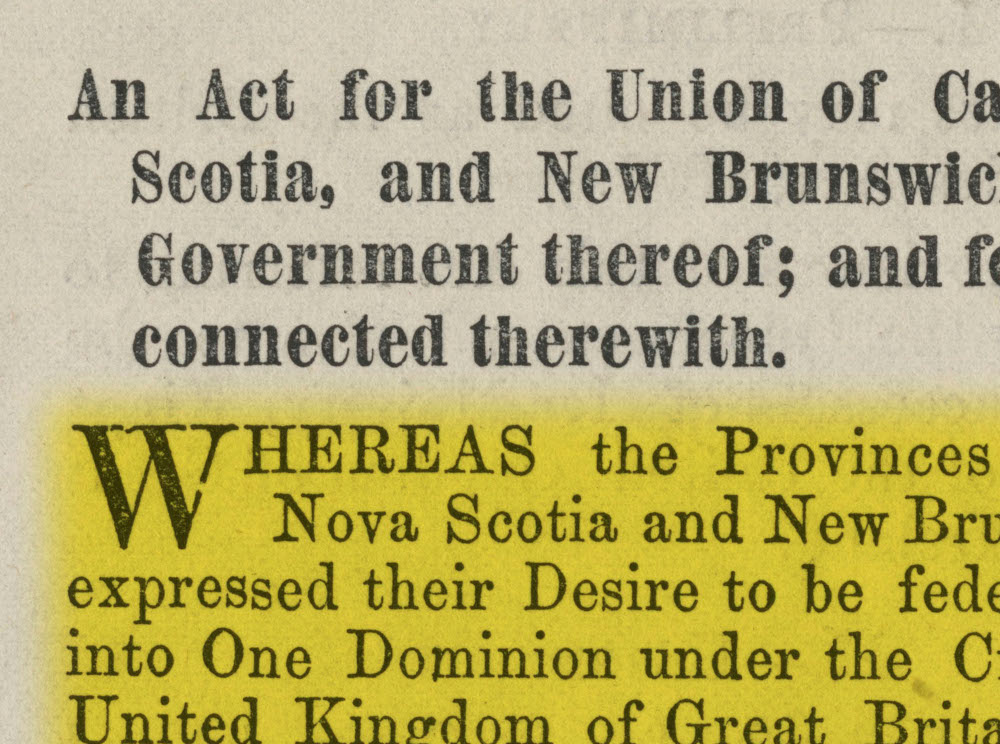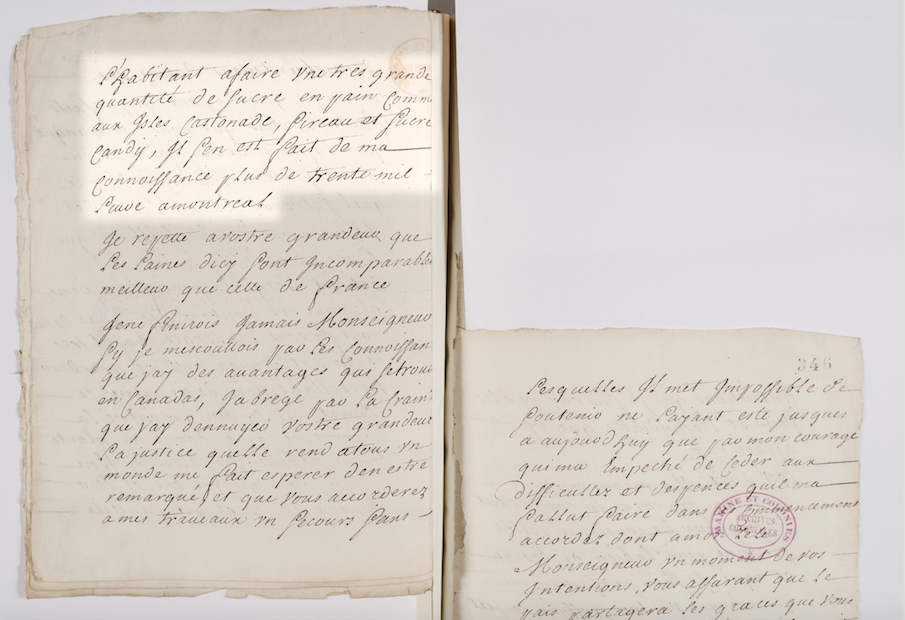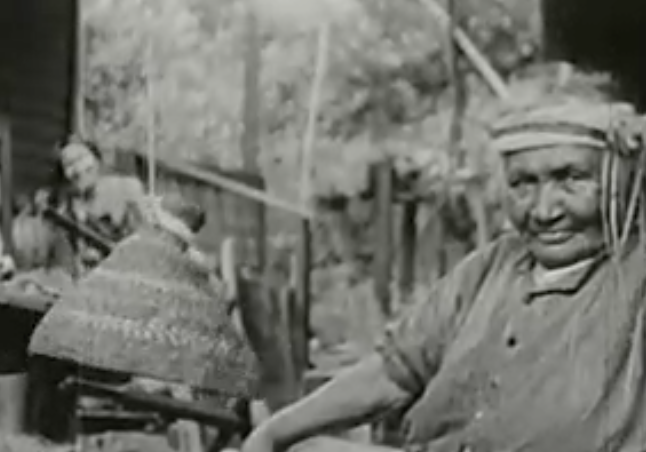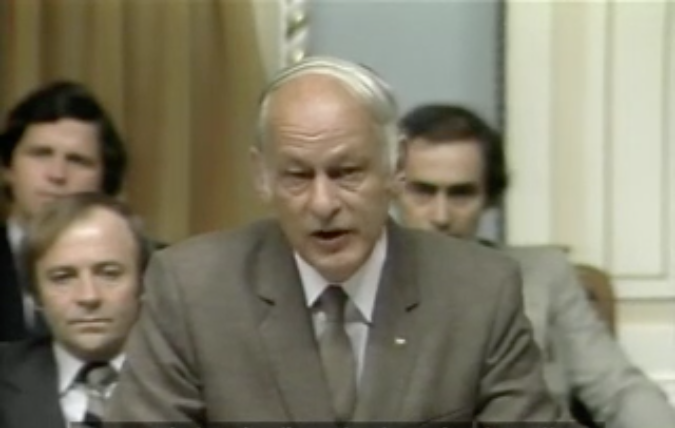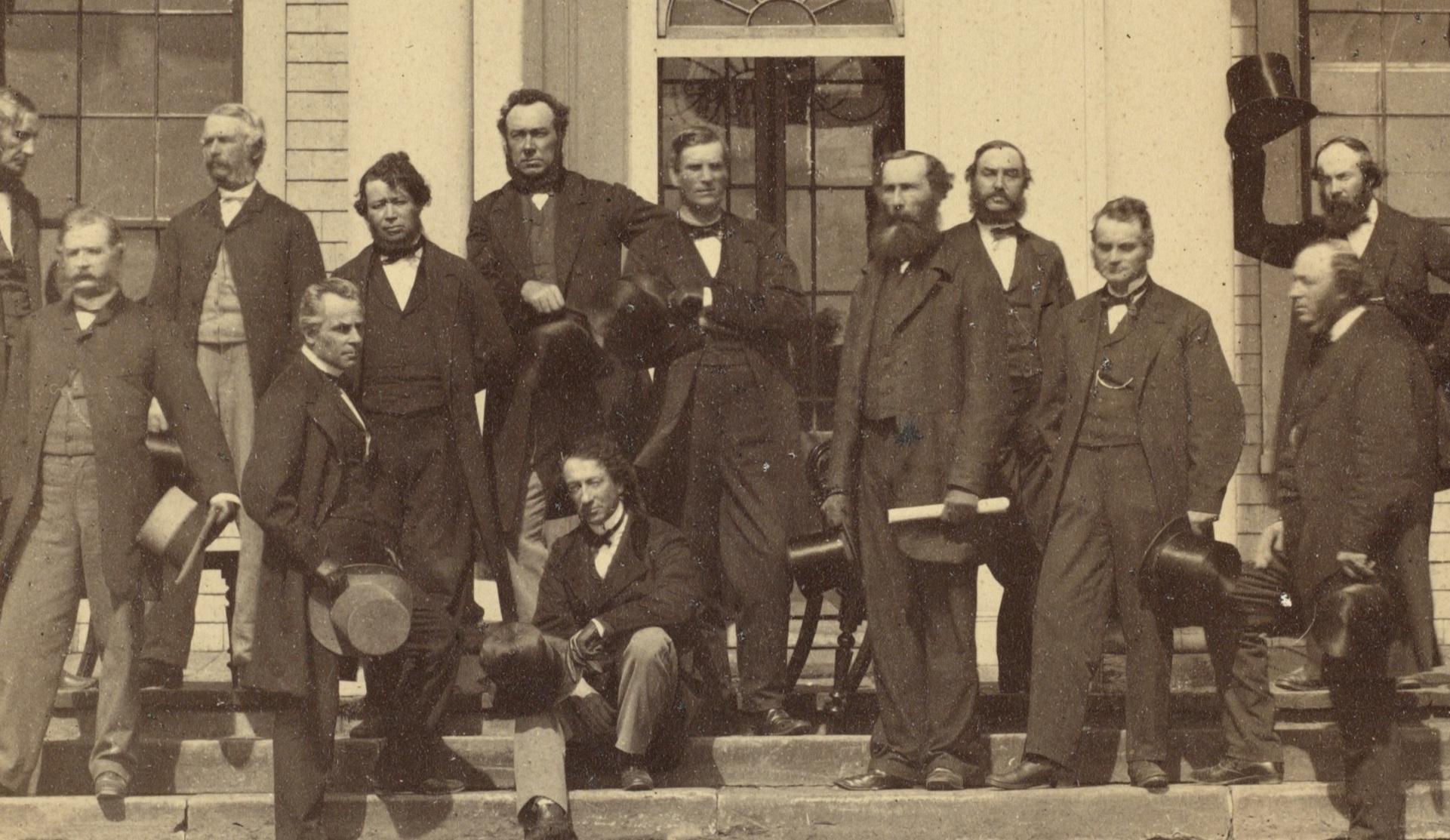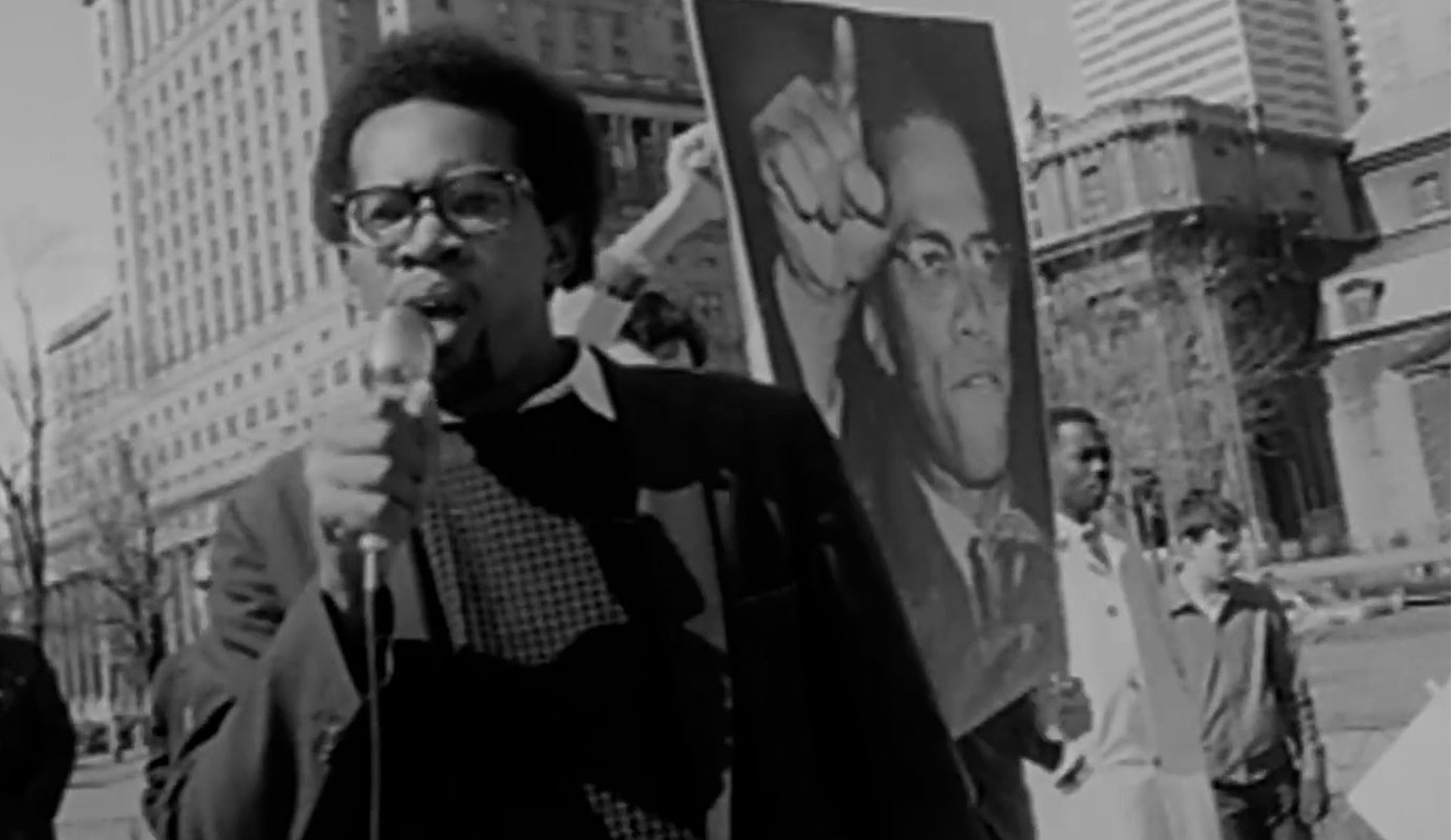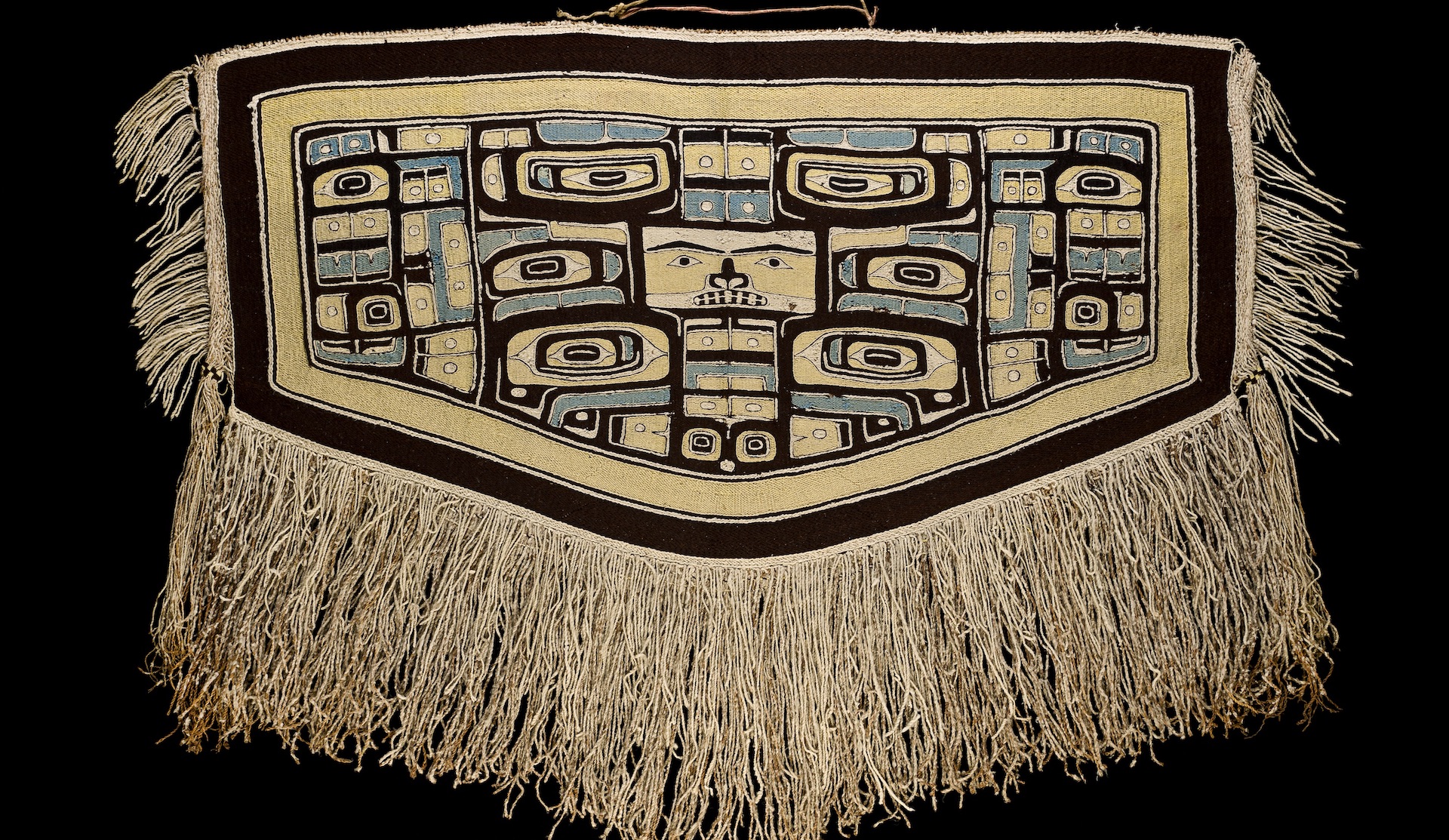Activities
There are two types of activities: Package Activities and Object Activities.
Package Activities are project-based activities designed to accommodate one or more classes. These activities involve the use of historical thinking concepts while exploring the whole package, resulting in a more comprehensive experience.
Object Activities are short inquiry-based activities that typically take 5–25 minutes. These activities encourage students to think critically about the objects being presented, and to use historical thinking concepts.
Both types of activities were created with the guidance of educators from across Canada, and incorporate current educational theory and approaches.
 Package Activities
Package Activities
Explore project-based Package Activities by scrolling down.
Activity 1: Asking Good Questions
When using primary sources, historians evaluate what they know and what they would like to know about that source. Asking good questions will help determine if it is a useful piece of historical evidence. Choose one to three objects from this package that interest you. For each of your objects, try to find the answers to the following questions. Use your observation skills first, then read the historical context to see if your answers were correct.
- What is the object? Describe everything you see or hear.
- In which time period was the object created?
- Who made or used the object?
Now you know a little bit about the objects, list any questions that they have prompted: what else would you like to know? What information is missing? (For example, of the Coast Salish weaving video clip, you might ask “Do all Coast Salish women weave? Are weaving techniques the same in all Indigenous communities?”)
Next, choose the question you see as the most important, and do some external research to find the answer.
Activity 2: Creating Links
Historians use and make connections between many primary sources when creating a historical narrative. It is important not to rely on a single source when interpreting the past. Choose two to four objects in this package that interest you. For each of your objects, do some external research to find more related primary sources and explain how they are related. How do the connected primary sources tell a version of history?
Tip: Start your search at the Canadian Museum of History’s online collection. Think about materials, historical context, the people who used the objects, etc.
Activity 3: Historical Significance
An important part of being a historian is to evaluate the historical significance of primary sources. Choose one to three objects that interest you. Explore them by looking closely and reading the historical context provided. According to the Historical Thinking Concepts, an object or event in history can be historically significant if it does one of the following:
- Results in change (i.e., it had consequences for many people over a long period of time)
- Reveals something important about history
- Occupies a meaningful place in the historical narrative
Using these criteria, argue whether each of your objects should or should not be considered historically significant.
 Object Activities
Object Activities
Explore inquiry-based Object Activities by clicking on individual objects below.

